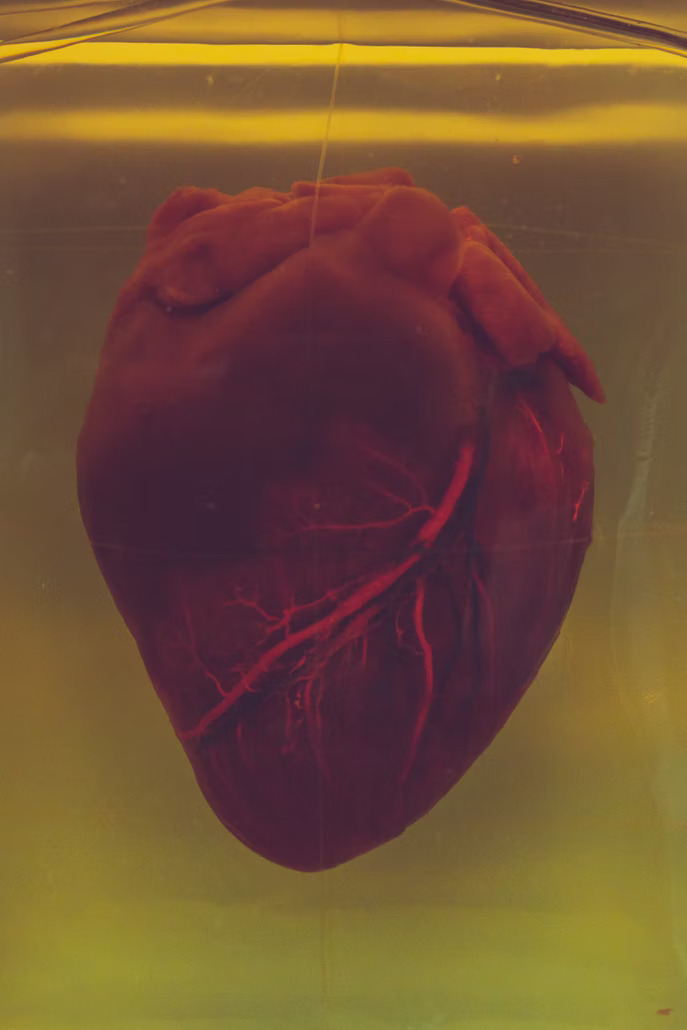Abstract
Hyperbaric oxygen treatment is used in the treatment of several different conditions. This article lists some of these and how the therapy works.
What is it?
HBOT, also known as hyperbaric oxygen therapy, is the delivery of 100% oxygen at elevated atmospheric pressure (usually 2 atmospheres or 10 metres sea water). It is often utilized in other countries to treat a variety of clinical disorders, many of which are known to react slowly to conventional therapy. A hyperbaric nurse is constantly present as the patients are treated in a large steel chamber that can accommodate eight people.
What conditions is it used for?
The Undersea and Hyperbaric Medical Society's (UHMS) and FDA list of clinical indications for use includes
Enhancement of healing in selected problem wounds (including cellutitis, arterial/venous and diabetic wounds etc.)
Exceptional anaemia resulting from blood loss
Air or gas embolism
Crush injury, the compartment syndrome, and other acute traumatic ischaemias
Decompression sickness
Necrotising soft tissue infections (of subcutaneous tissue, muscle, or fascia)
Refractory osteomyelitis
Compromised skin grafts and flaps
Thermal burns
Carbon monoxide poisoning and smoke inhalation
Clostridial myonecrosis (gas gangrene)
Radiation tissue damage (osteoradionecrosis)
Compromised skin grafts and flaps
Cerebral (brain) abscess
There is slowly accumulating evidence to support its use in the following area as well:
Sports injuries/soft tissue injuries
Peripheral vascular disease, ischaemic leg pain
Sudden deafness and acute acoustic trauma
Non-healing fractures, bone grafts
Rehabilitation of head injury/stroke
Sudden blindness (central retinal artery/vein occulsion)
Vascular headaches
Enhancement of rediosensitivity of malignant tumours
How does it work?
The mechanisms of action of HBOT which accounts for its success in the above conditions are:
Hyperoxygenation:

Extra oxygen is physically dissolved into the tissues and plasma via HBO. The tissue oxygen pressure in damaged tissues is raised to normal or higher levels by breathing pure oxygen at a pressure twice that of the atmosphere. Due to the severe oxygen gradient between the well oxygenated and hypoxic sections, it then encourages the development of new capillaries in ischemic or poorly perfused wounds.
Effects on the microcirculation:
While preserving oxygenation, high-pressure oxygen produces vasoconstriction in healthy tissues. Tissues that have been damaged or are ischemic do not narrow. HBO is consequently very helpful in traumatic ischaemias such as crush injuries.

HBO also significantly lessens the adhesion of white cells to capillary walls, reducing the "no reflow" phenomena and ischaemia-reperfusion damage. The maintenance of high-energy phosphate bonds (ATP) in the cells reduces oedema by up to 50%. When breathing under pressure, oxygen diffuses two to three times farther from capillaries into tissues. This preserves the life of blood vessel-sparsely functioning damaged tissue. A full-thickness lesion needing grafting can develop from profound second-degree burns if ATP is not preserved.
Antibacterial activity:
HBO increases white cell death of aerobic organisms while reducing the development of a number of anaerobic microbes. White cells' capacity to destroy germs can be increased by two to thrice by HBO. In patients with weakened resistance factors, it is very helpful. HBO works in concert with the majority of antibiotics and even increases the bactericidal power of aminoglycosides.
Air or gas embolism:
Without a doubt, HBO is the best way to treat an air embolism. The size of the bubbles is reduced, and the embolised gas resolves more quickly. It lessens mortality and long-term neurological impairment.

Alternative therapies are ineffective. Lung overpressure injuries sustained when scuba diving, open heart surgery, neurosurgery, certain radiological treatments, arthroscopy, etc. are all causes of air embolism.
Submit Request